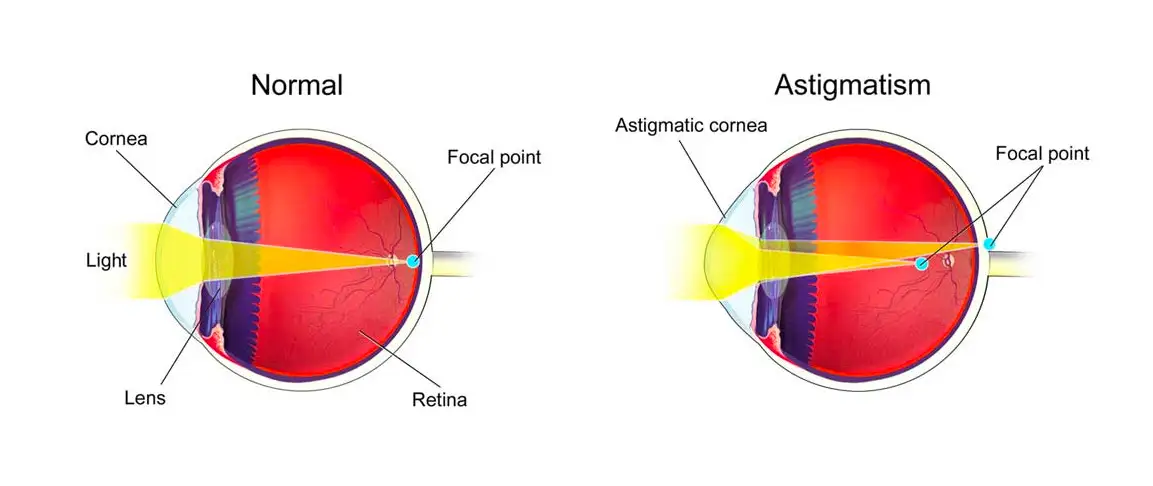
Understanding Your Vision Prescription
An annual eye exam helps keep your eyes healthy and ensures optimal vision correction. If it’s been more than a year since your last eye exam, schedule an appointment now. Below, InVision’s Dr. Toni Albrecht, OD, explains what those numbers and abbreviations on your vision prescription mean.

Annual eye exams ensure optimal vision and keep eyes healthy.
1. OD and OS
These measurements indicate the correction required for your right eye (OD, “oculus dexter“) and left eye (OS, “oculus sinister“). When you see OU (“oculus uterque“), that means it’s for both eyes.
2. Sphere (SPH)
The SPH, or sphere, measures the amount of lens power prescribed to correct nearsightedness or farsightedness.
If you can see close things clearly, you might be nearsighted (also called myopia). Your vision correction will have a negative value (for example, -2.00, or “minus 2.00”) to help you see distant objects clearly.
Farsightedness, also called hyperopia, means you can see things in the distance well, but close items—like books or your phone—are blurry. To improve near vision, your vision correction will be positive (i.e. +2.50, or “plus 2.50”).
An “add” value on your Sphere value means that a small, near vision correction has been added. This helps offset the natural, age-related condition that makes it difficult to focus close-up, called presbyopia.
3. Cylinder (CYL)
The cylinder (CYL) measurement corrects astigmatism. If your prescription doesn’t have a cylinder value, you either don’t have astigmatism, or it’s so slight that it doesn’t need to be corrected with lenses.
What is Astigmatism?
Many people have some degree of astigmatism, meaning their eyes have an oblong shape, like a football, instead of being perfectly round and smooth, like a ping pong ball. The irregular shape prevents light from focusing properly in the back of your eye, which can cause blurry or double vision, eye strain, and headaches.
Keep in mind that prescriptions for glasses and contact lenses are different because of where the lens is positioned. Contacts sit directly on the cornea and require additional measurements to ensure they fit comfortably on the eyes.

4. Axis
If your prescription has a Cylinder value, it will also have an axis measurement. The axis value is between 1 ° and 180 ° and indicates the degree or angle of astigmatism, where 90° is the vertical center of your eye and 180° is the horizontal center.
5. Pupil Distance (PD)
Exactly what it sounds like, PD measures the distance, in millimeters, between your pupils. Pupil distance is an important part of your optical prescription, ensuring your lenses are made specifically to provide the best possible vision correction.
If it’s been more than a year since you’ve had your eyes examined, schedule an appointment today with an InVision optometrist at Galleria, Minnetonka, North Loop, or St. Paul.


